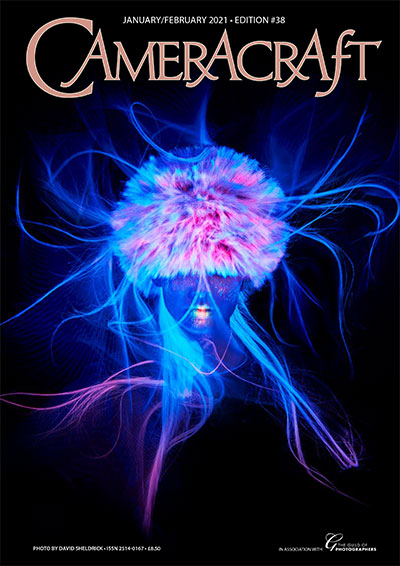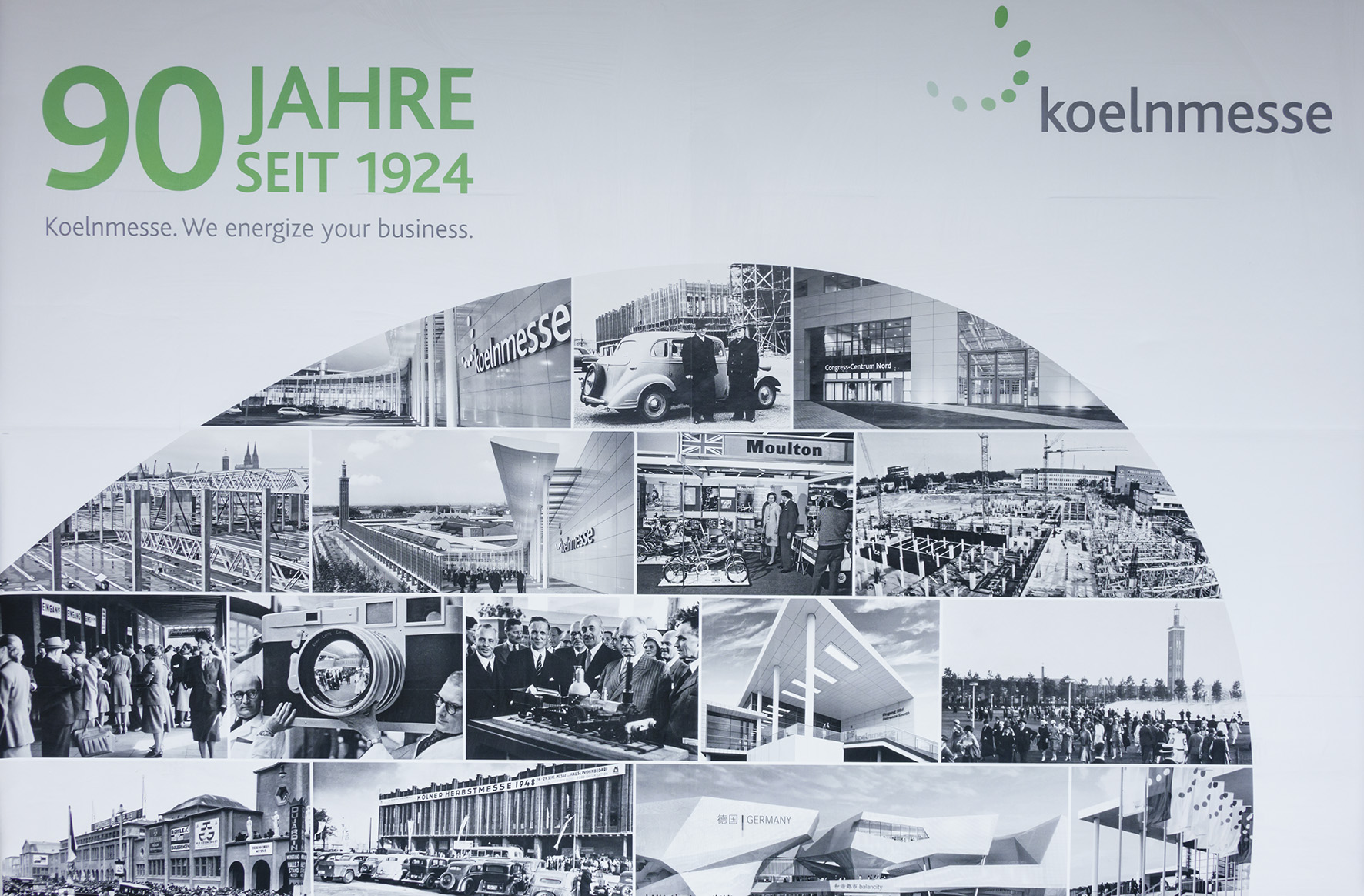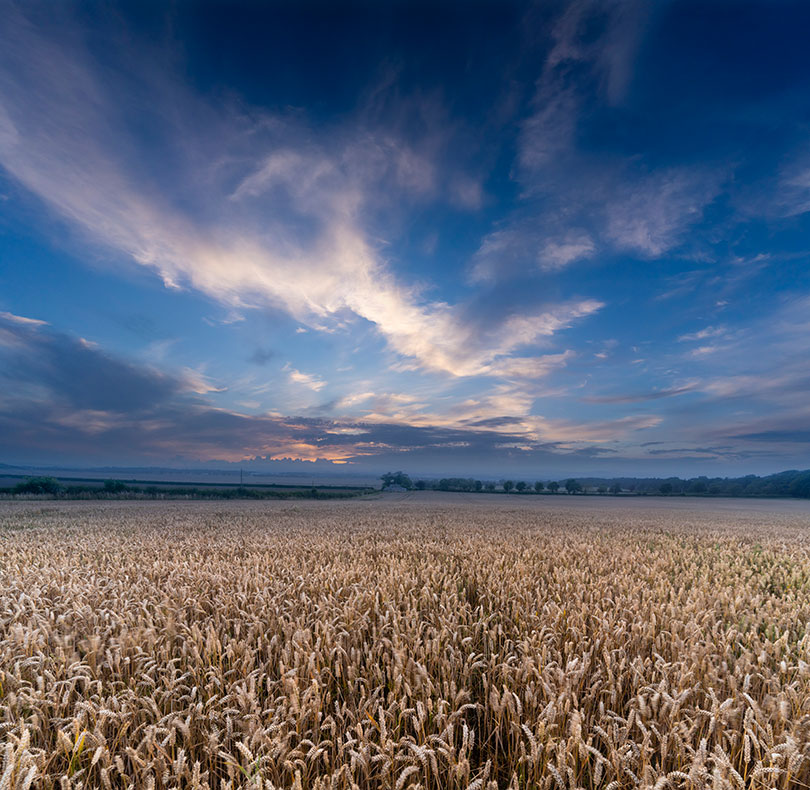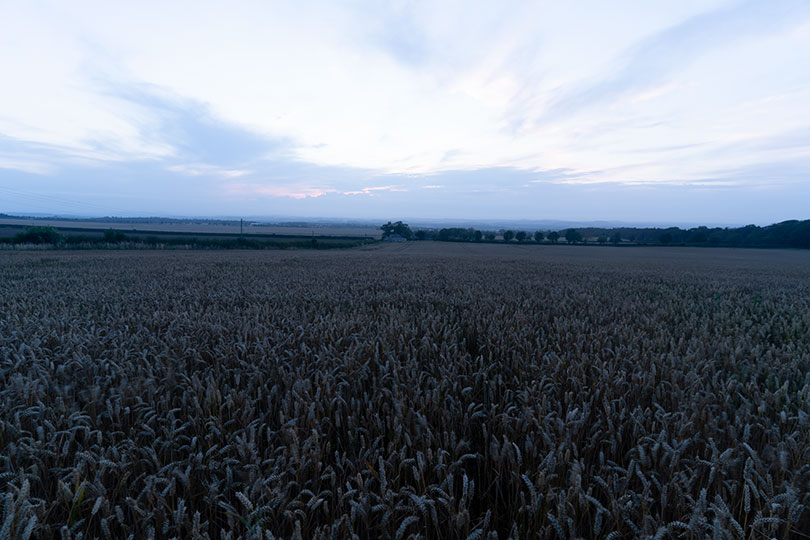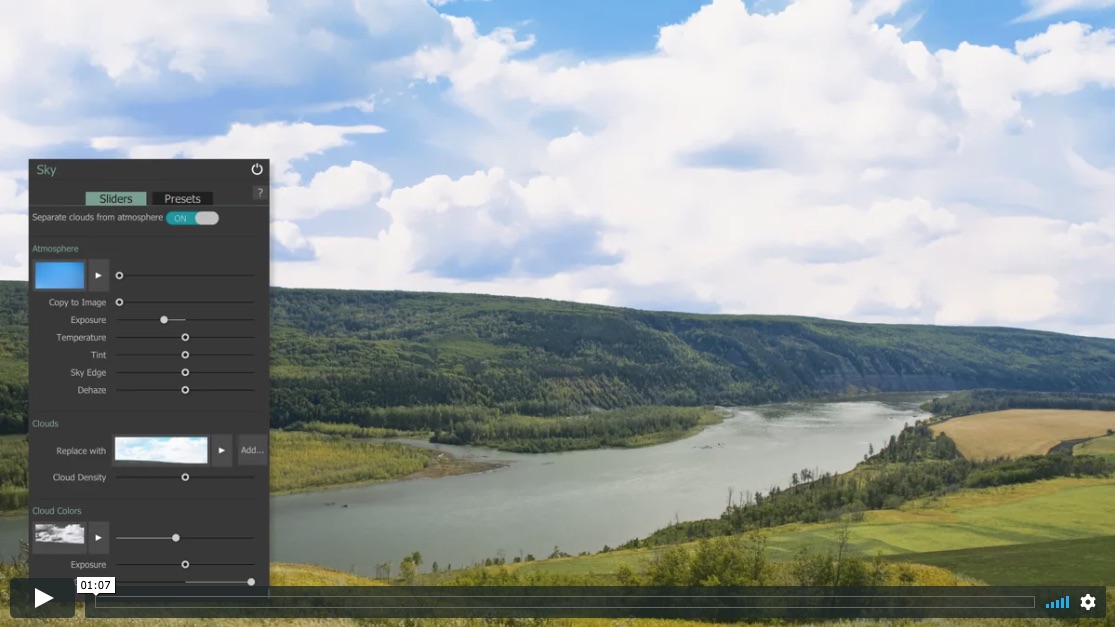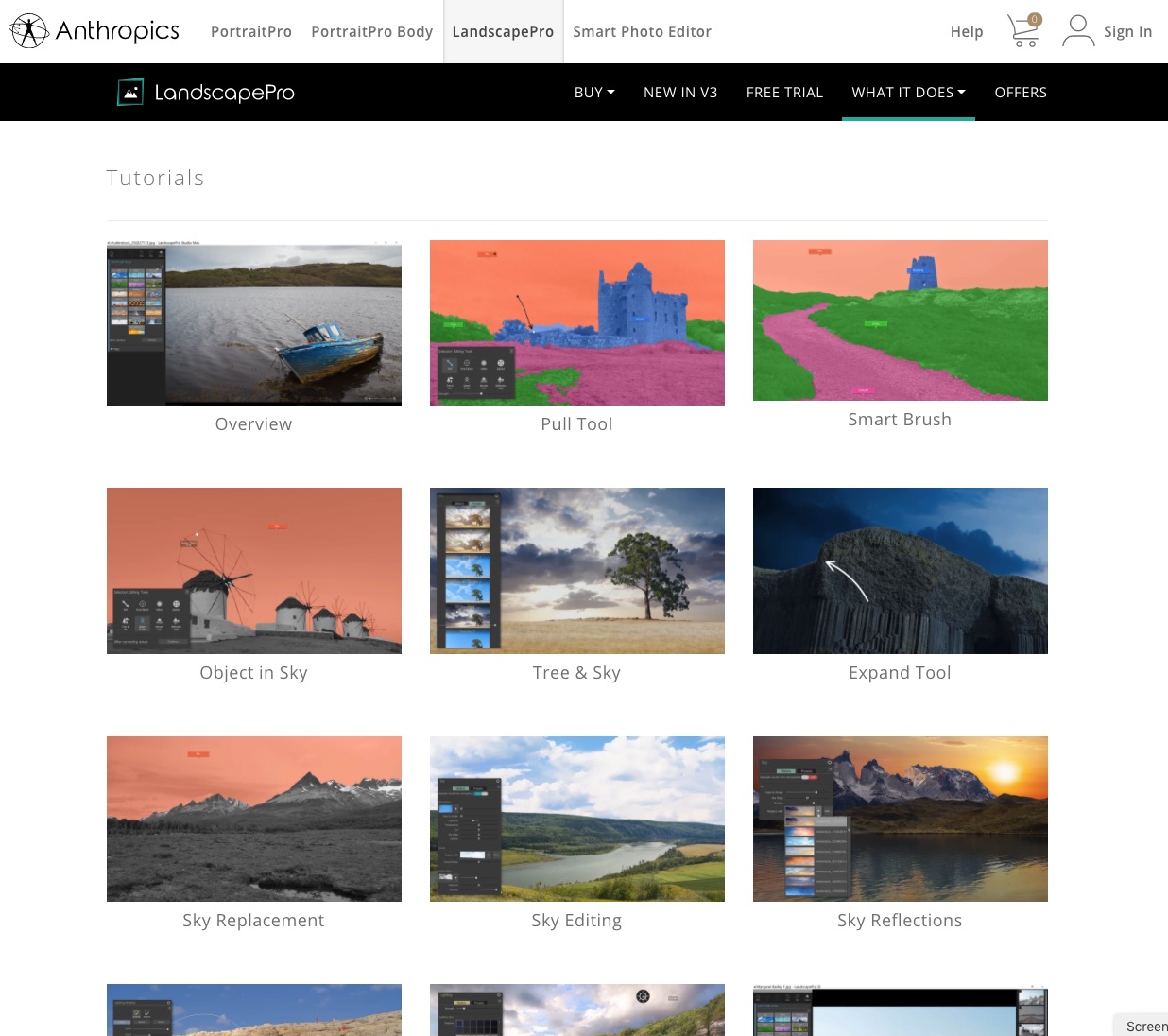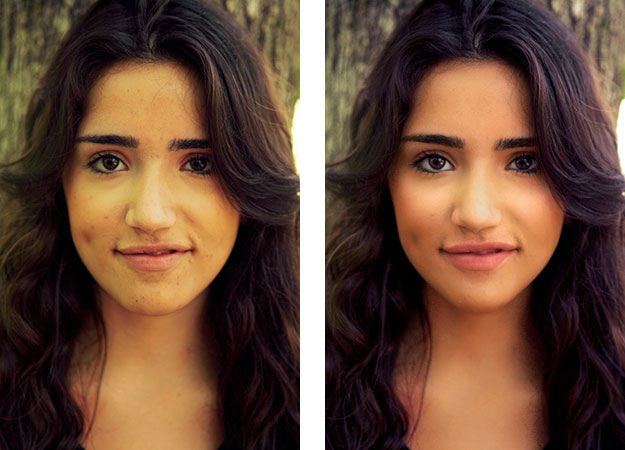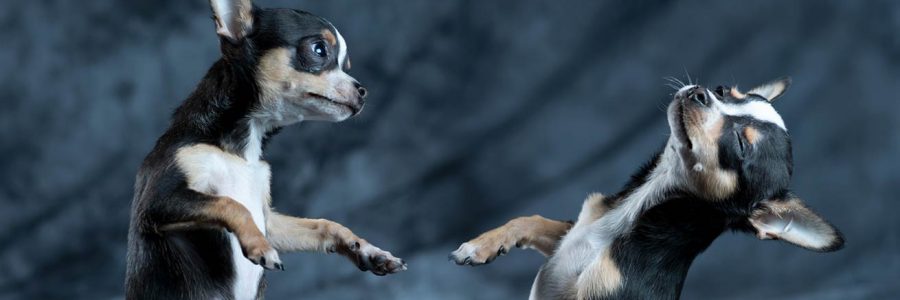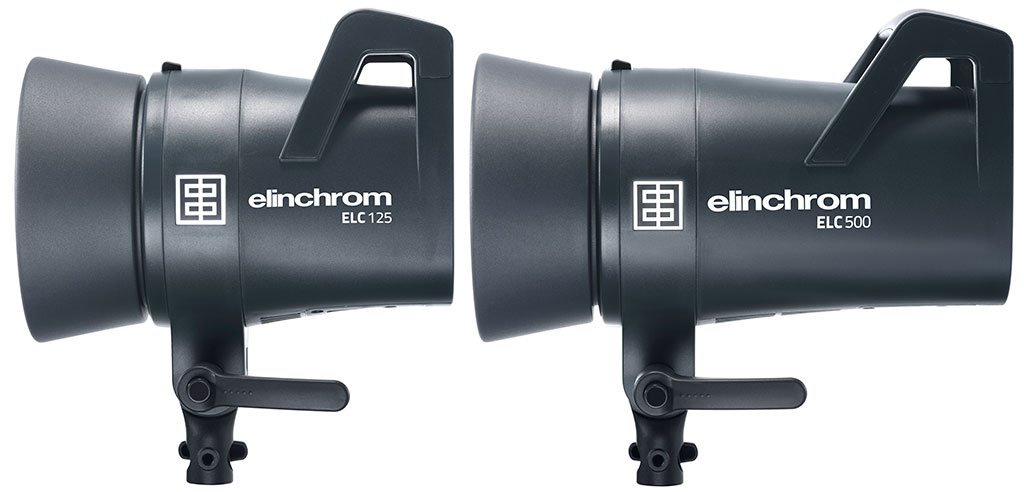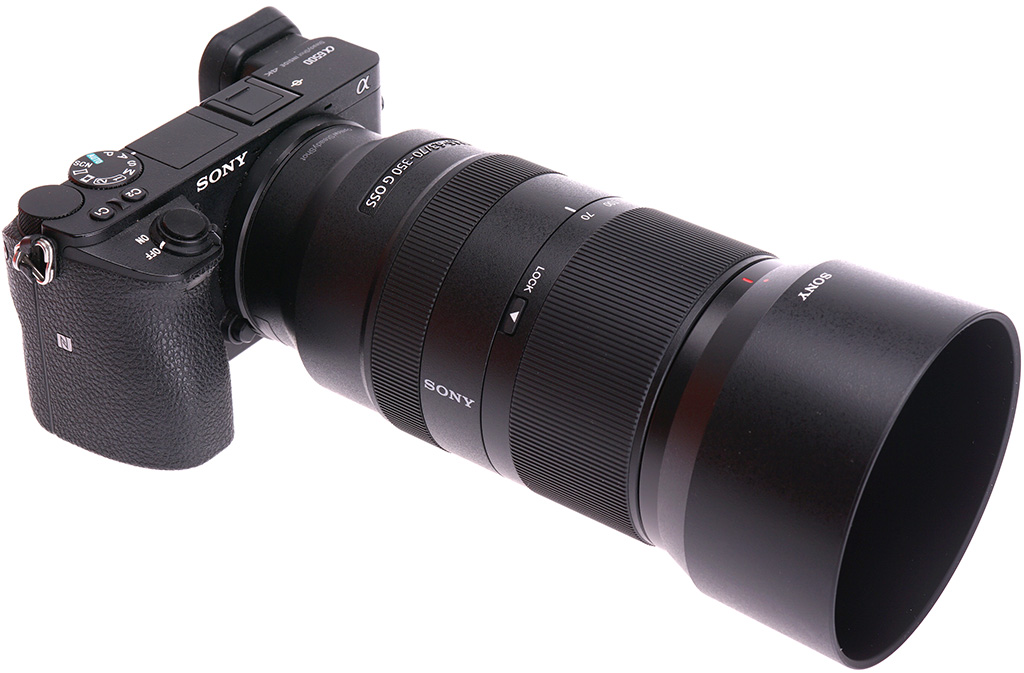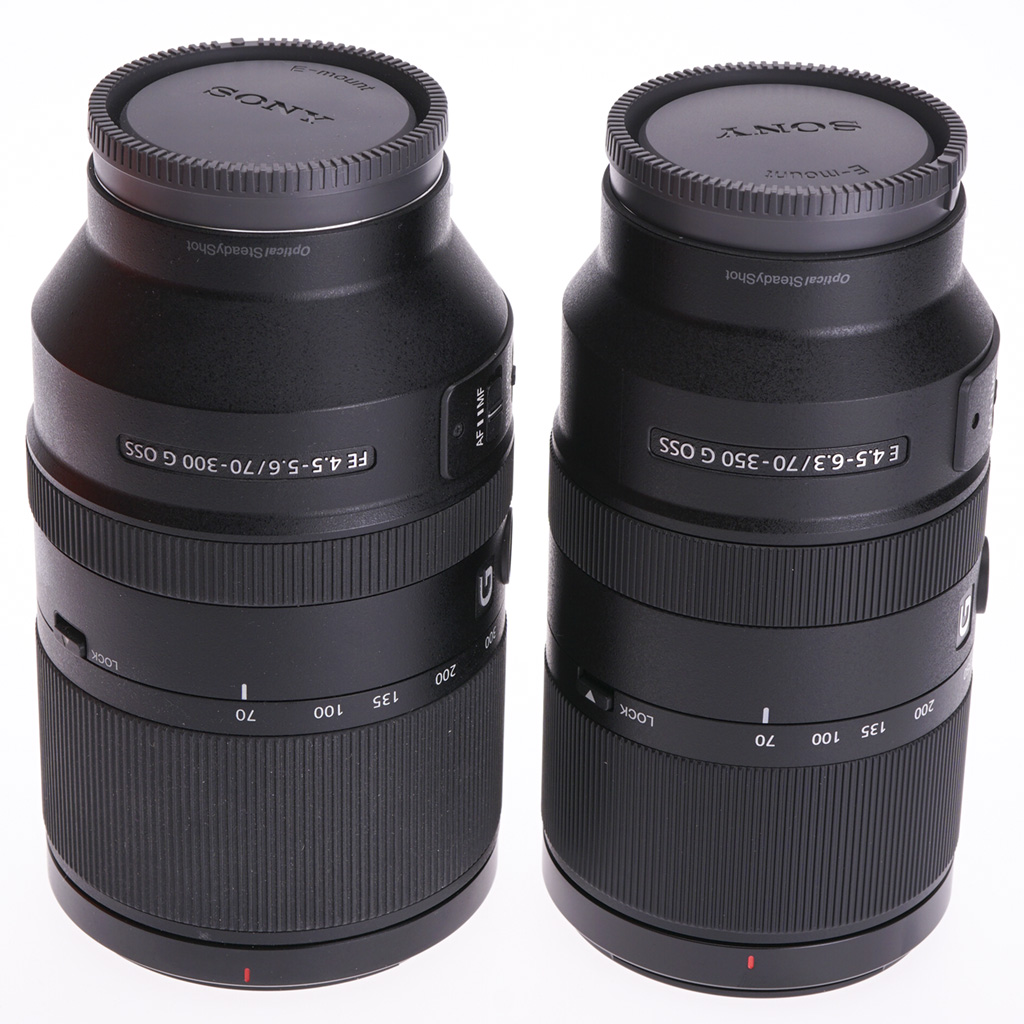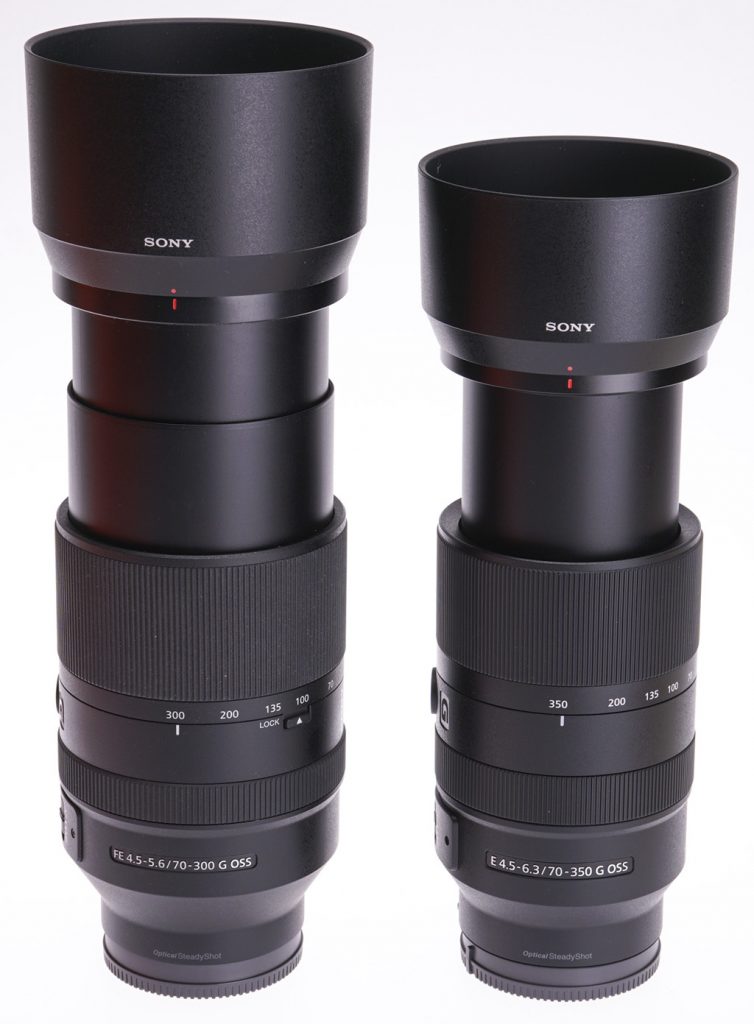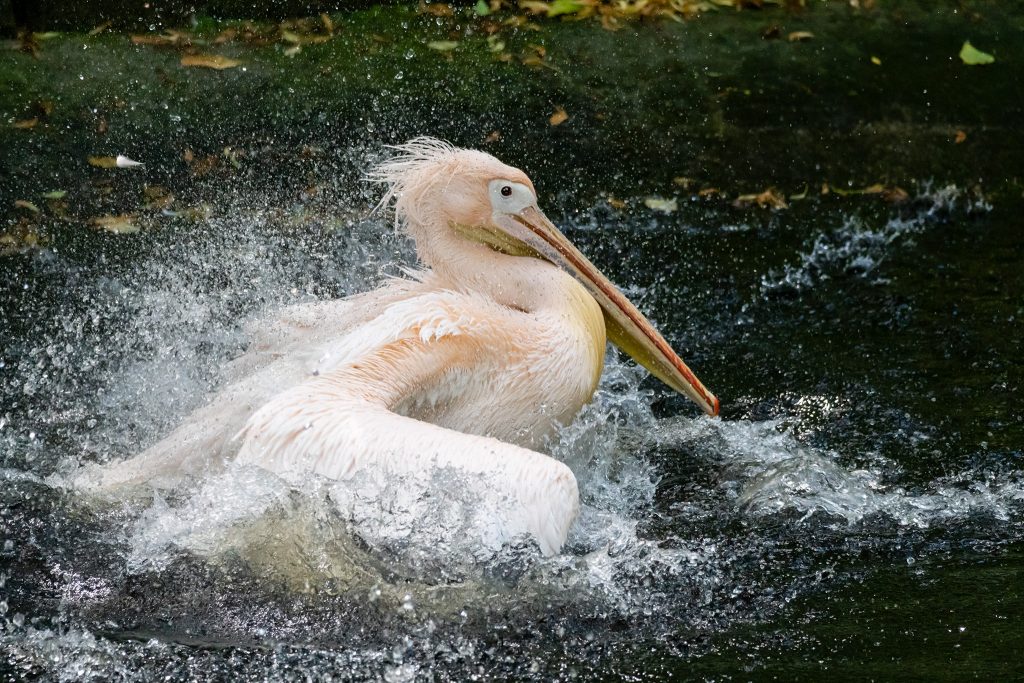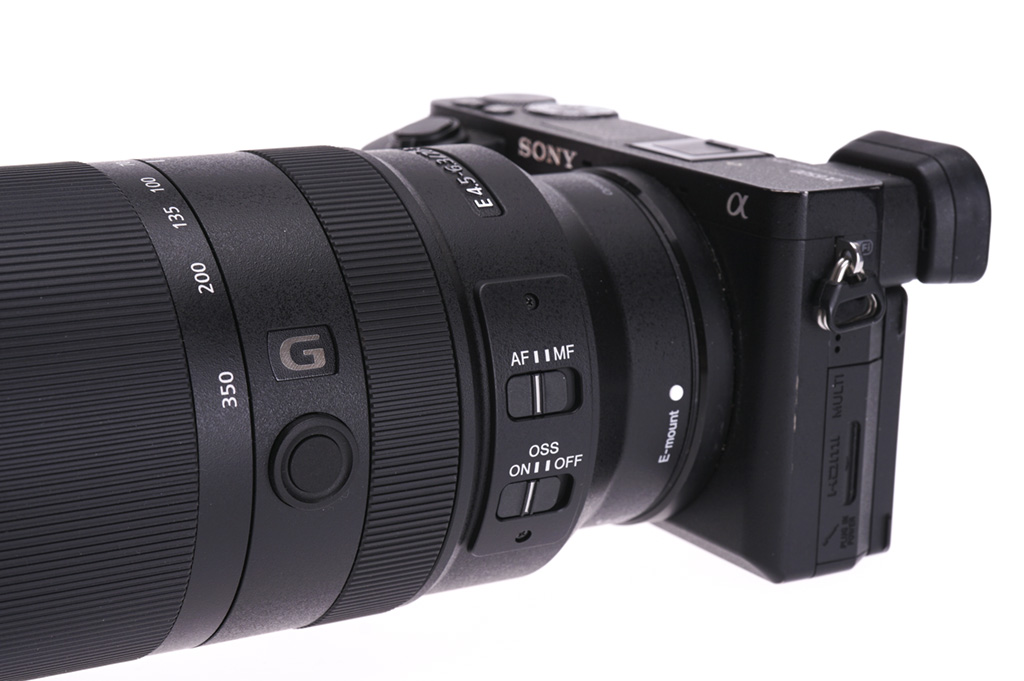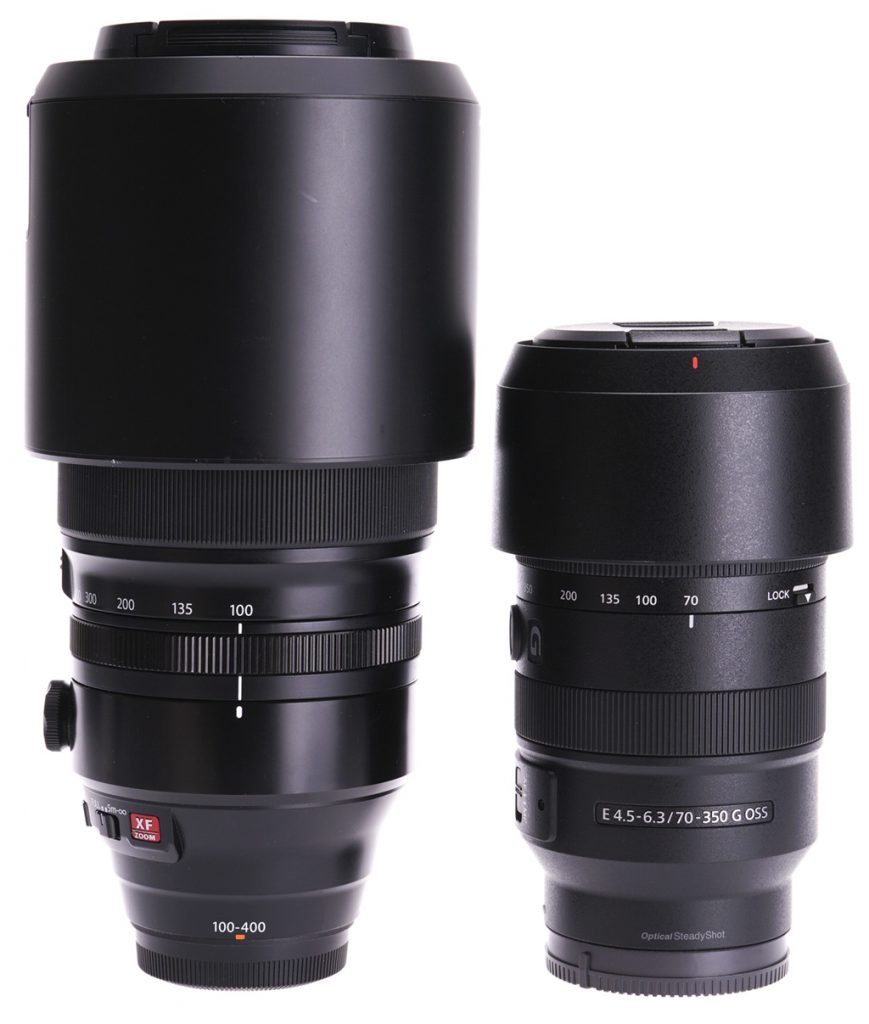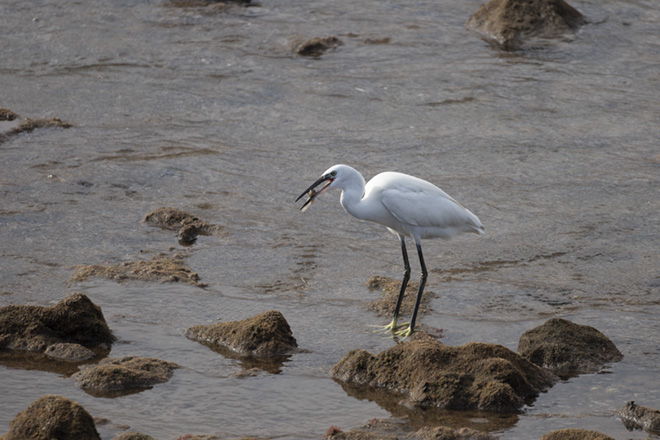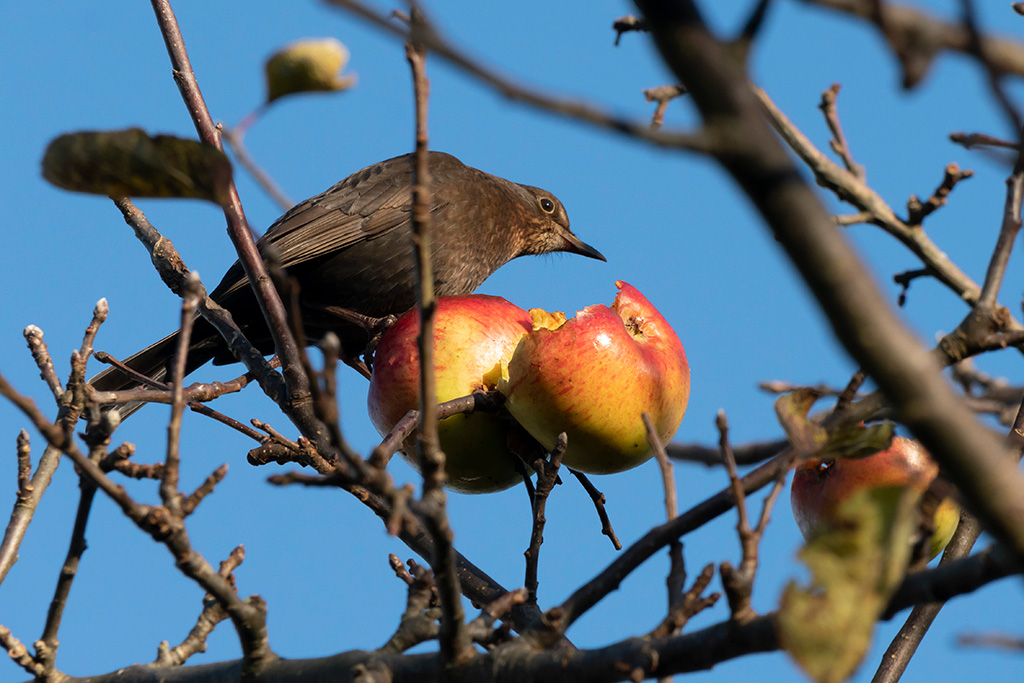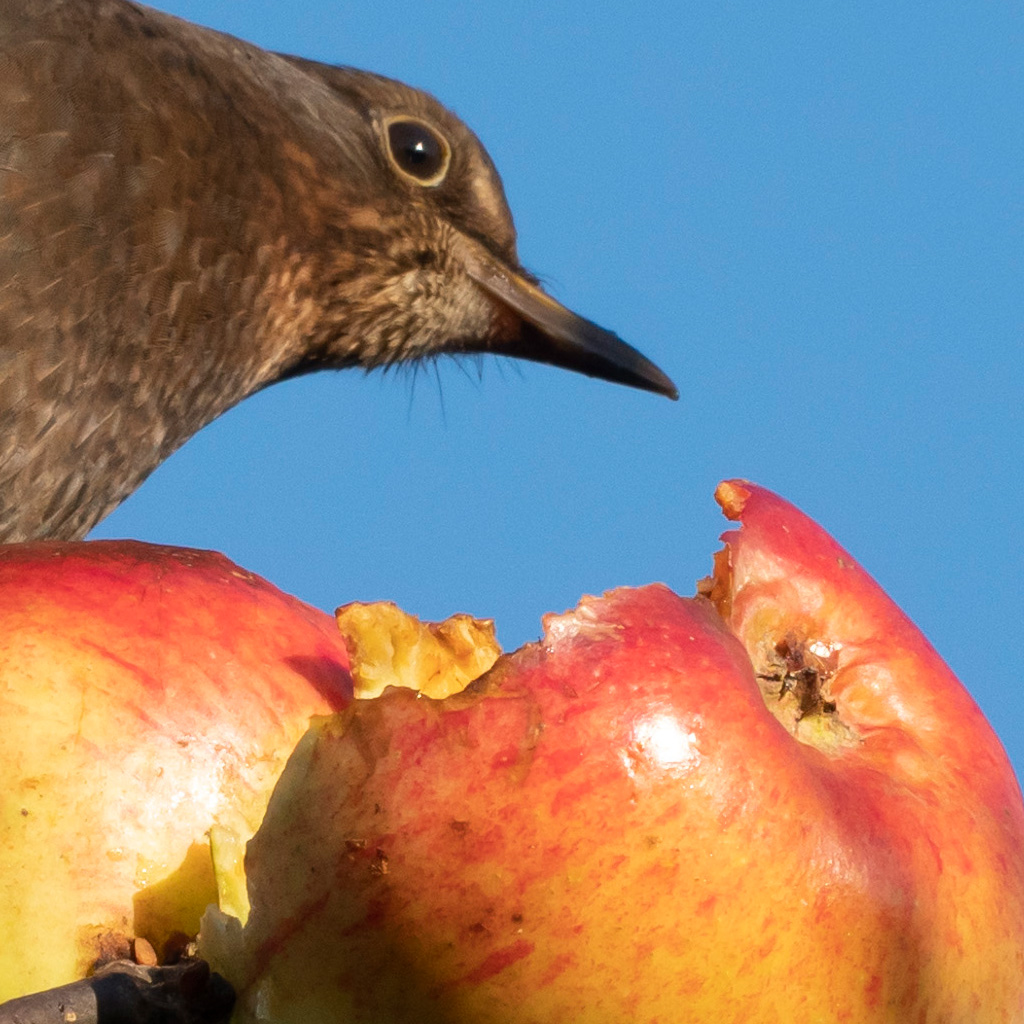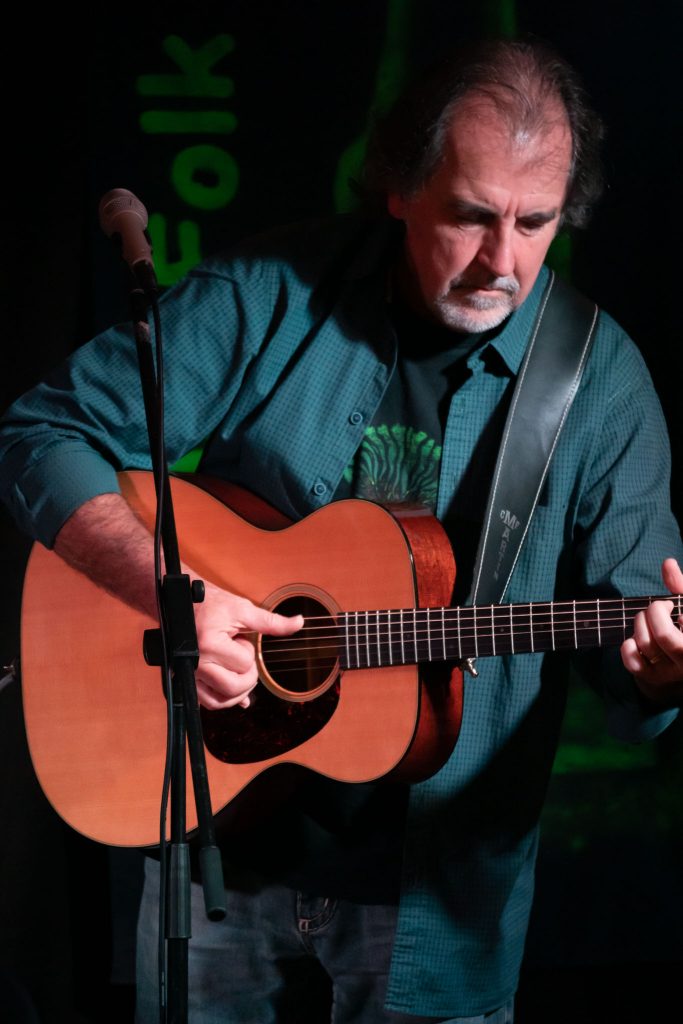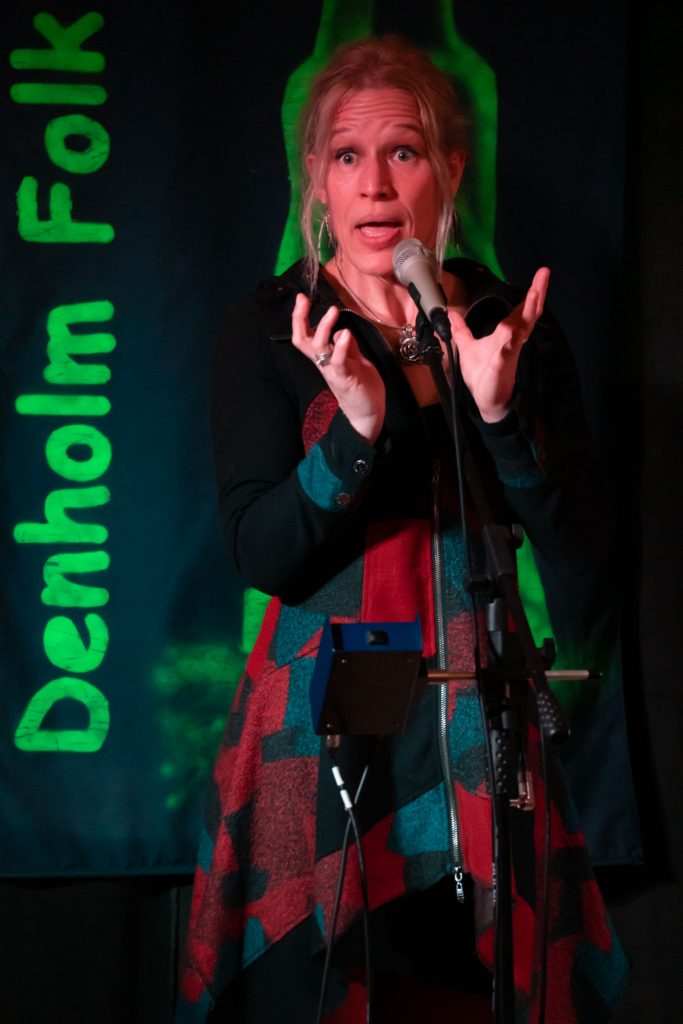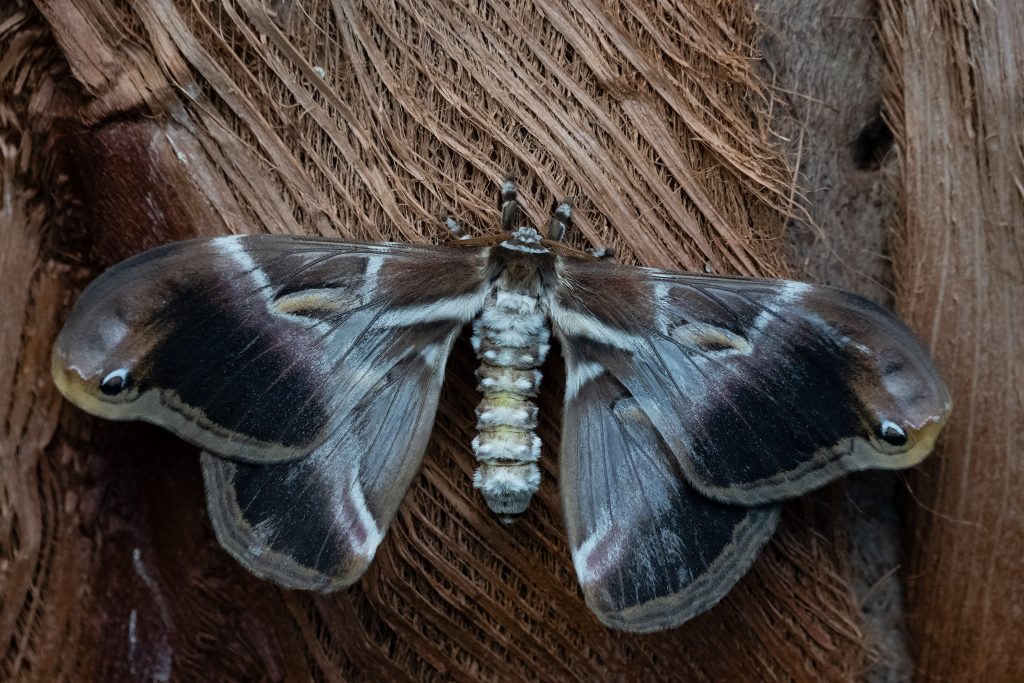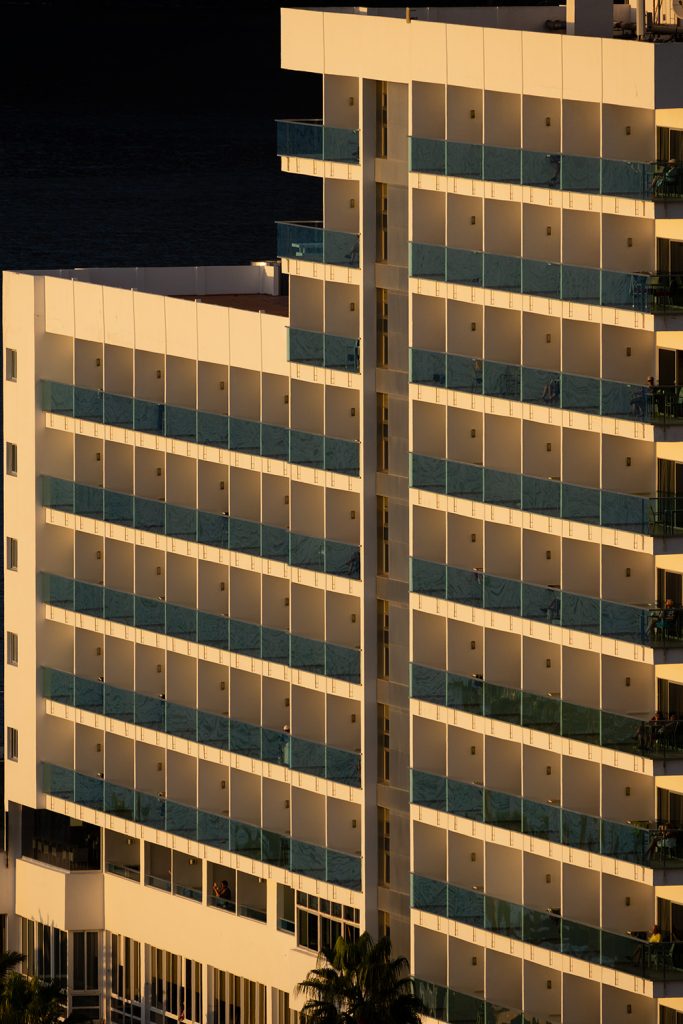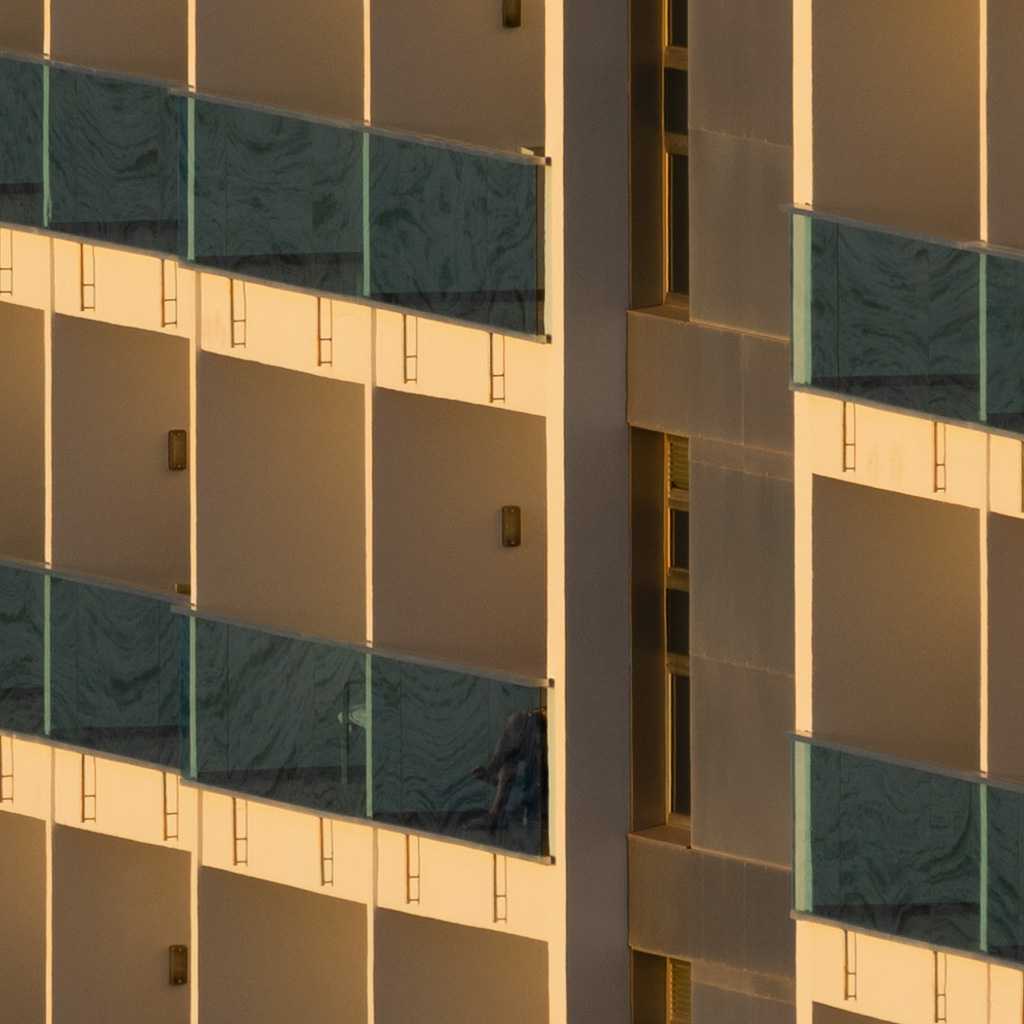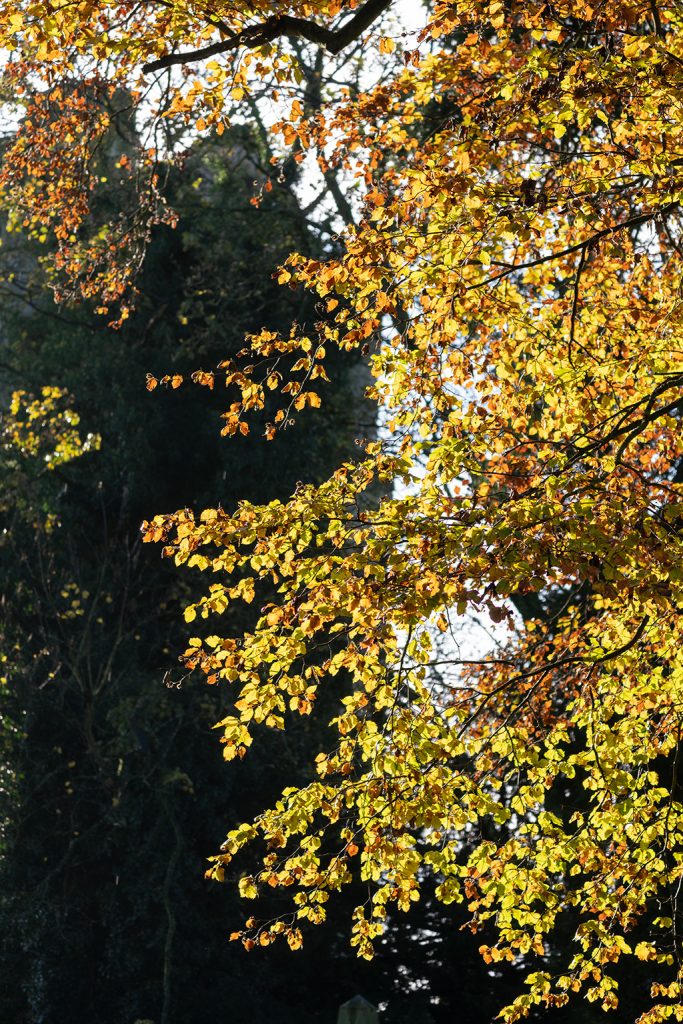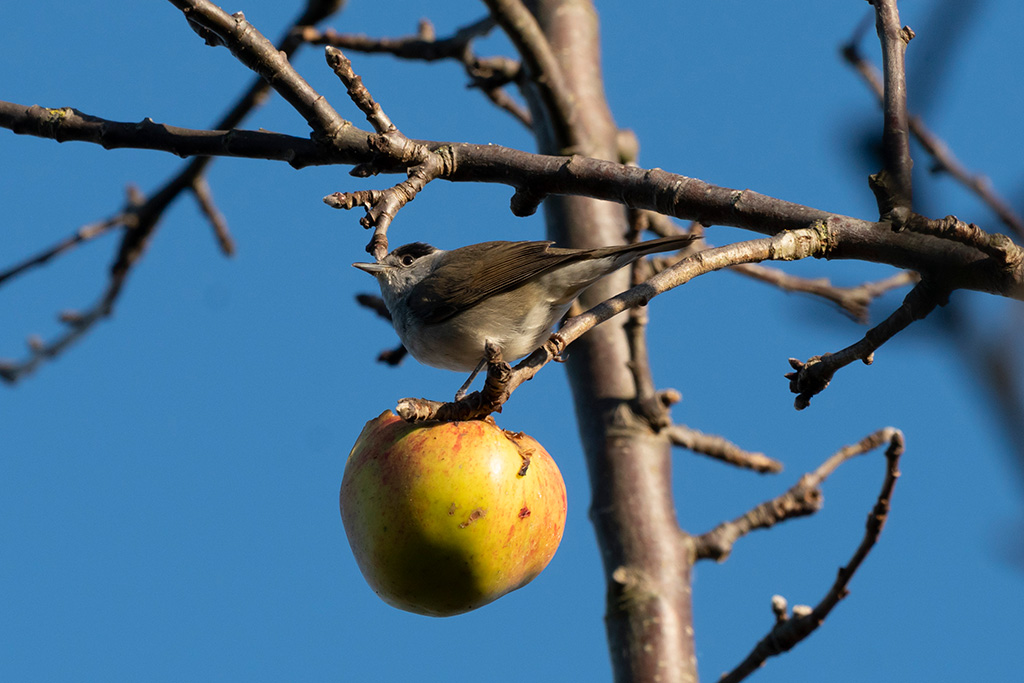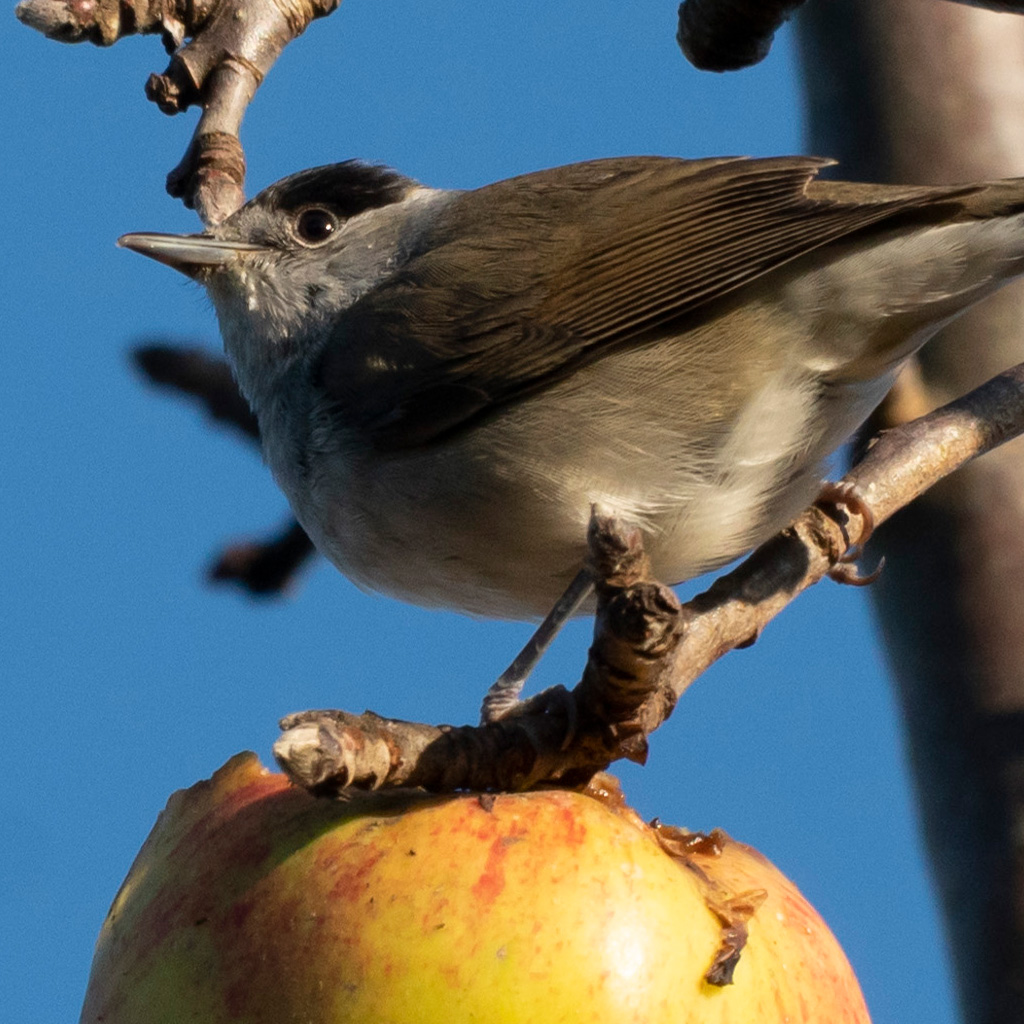Reposted in 2021 as it was no longer visible!
A true story for the Millennium
Forgive me, Ron, wherever you are, for breaking my word and letting the world know about this story. I found the negatives by chance, on the eve of the 25 years before the writings are due to be revealed. I do not know where they are, but perhaps I was meant to photograph the box and to be told what was inside it – otherwise it might be that it has all been forgotten, and the people who set this in motion are all now dead. At least by telling this story, and showing the evidence of the pictures, I may set things in motion to ensure that what was originally intended does happen.
The few of you who know me through my photographic magazines will know that I have no politics but tend to be assumed to be coming from the left, and have no religion though people mistakenly assign me some concern with affairs of the spirit. Similar assumptions are often made in matters of money, or education. The truth is I have very little of any of these things.
Over twenty-five years ago, I made the acquaintance of a man called Ron Wilkinson who had the ability to carve wood unusually finely, in the style and perhaps even to the standard of Grinling Gibbons. Having the above-mentioned lack of education I promptly wrote an article about him in which Grinling (Chatsworth House, et al) was transmuted to Orlando (more at home with the lute than the chisel). Ron forgave me, and I photographed his work over a period of two or three years.
One day in 1975, he called me urgently to his home and workshop. He thought I might have an interest in some writings. An elderly – and apparently uneducated – lady in the nearby village had produced a huge volume of automatic writing. She believed this to be the work of St John the Divine (the topical one – Revelations). I had a brief opportunity to read some of this; it had a metre and verse structure, though not in rhyme, and a quality which seemed unlikely to come from the conscious mind of the ‘channel’ herself, whom I met. Ron then swore me to secrecy about what he was going to ask me to do – I was to photograph a chest, which a ‘group of people’ had paid for to hold these works until the new Millennium.
The chest was to be held securely in a chamber inside a mountain in Scotland, and against the express wishes of his sponsors, Ron wanted a photographic record before it was lost for ever. I set up two flash heads, and shot the chest in cramped conditions using a 35mm camera on Agfachrome film, which I had been using regularly and always had processed by A H Leach of Brighouse, the main professional Agfa lab in my area. Ron was to have the entire roll of slides, so that no copies would exist outside his keeping, even for me.
This film, however, was not be a triumph of process control. I was told that the Agfachrome had been processed, and fixed, in black and white negative chemicals. By this time the chest had been filled with the manuscripts and sent on its journey north. I could not believe the misfortune and I wondered, at the time, whether ‘darkroom forces’ had been at work Leach’s then worked miracles (figuratively; I should watch my words). Somehow they recovered some of the colour into a few of the extremely grainy, dense frames. They made hand C-type 12 x 15s, and their artists carefully retouched them to restore apparently natural colours. They then made 5 x 4 copy negatives and final 10 x 8 prints, which showed the details Ron had wanted to keep on record.

I filed those copy negs and thought little more of it – 25 years seemed so far away then that I never considered it likely I would be there to see the end of the Year 2000. Ron, rather suddenly, gained the (deserved) patronage of the Duke of Devonshire. He left his south Yorkshire village cottage, and the next time I saw him he and his wife Eda had a lovely farmhouse looking across the Chatsworth estate. He had become, however, very reserved. I could no longer photograph his carvings; he was busy restoring the Gibbons work in Chatsworth House. When I visited him, I could feel the tension, and I think he was not in the best of health. I am not sure when Ron died, or if Eda is still with us, or would remember me if she was; I am sure that someone will tell me.
I found the copy negatives by chance, when looking for another photograph from 1975. I had not forgotten, but I had consigned the story to the backroom of memory. I scanned the 24-year-old negatives. Modern digital techniques made far superior ‘prints’ emerge, even if the crossed curves which had once made half the print almost blue could not be eliminated entirely. Had those negatives been the intended 35mm slides, they would have been handed over; and all my commercial ‘packshots’ of that date were long ago consigned to the bin. The 5 x 4 copy negs had survived because they were kept separately.

If I feel sure of anything, it is that the Duke of Devonshire himself had some part in the encystment of the automatic writings – of the ‘songs of angels’, and ‘pearls of wisdom’, as the old lady identifed them. I may be wrong with the first name; I did not take notes. I do not know who else will have been privy to the location of the chest, whether they are still alive, whether their plans and intentions have been forgotten or kept alive. If the writings are of any importance they must be published either in the Year 2000 (which the public see as the start of the new Millennium) or preferably on January 1st, 2001. The year 2000 is merely the final year of the second millennium, just the same way that the year 100 was the last year of the first century. Regards of our calendar errors and arbitrary dating, it is in 2001 that we should be celebrating the future.

Everything is in place – the Internet is complete and globally functioning, we have the fingers and the keyboards to transcribe the manuscripts, and we have the scanners or digital cameras to record each page in evidence. It is only necessary now to start the work – if it has not already been started – and to open Ron’s locked and vaulted box to the world, electronically, in the single moment of a new server going live on World Wide Web.
Whether I believe in any of this does not matter one bit; it is a certainty that many millions of people in the world will read, study, translate and absorb the words. From what I saw and read myself, I believe this will do nothing but good. Words, whether written or spoken, can be magic bullets as indeed can photographs.
If we are to witness a battle between Good (with a capital G) and Evil (likewise) then it will be fought on Internet between words and images and much though I regret to have to say this, you probably all know very well where my beloved photography takes its place vis-a-vis God vs Auld Nick.
If there are two things you can be sure the Devil has in his museum of triumphs over mankind, they’ll be a five-string banjo and a Leica.
The second coming won’t need the Word to be made Flesh, nor even into a book. Our computers, our satellites, our cables and our TV screens are all the flesh that words need now.
And as for Lucifer? Well, with a name like that he must have dominion over the realms of lens and light if not the darkroom!
David Kilpatrick, March 1999



